#Rites of Spring
Explore tagged Tumblr posts
Text
LIBERAL EMO BANDS
fall out PERSON TRANS cab for cutie TWINK-182 PANSEXUAL! at the disco paraMORE WOKE WOMEN’S RIGHTS of spring my chemical romance good charoLGBTQ PERSON OF COLOR veil brides green GAY
#I’m well aware not all of these are actually emo bands however I think I’m funny#mcr#fob#blink 182#death cab for cutie#p!atd#paramore#rites of spring#good charlotte#black veil brides#green day
1K notes
·
View notes
Text
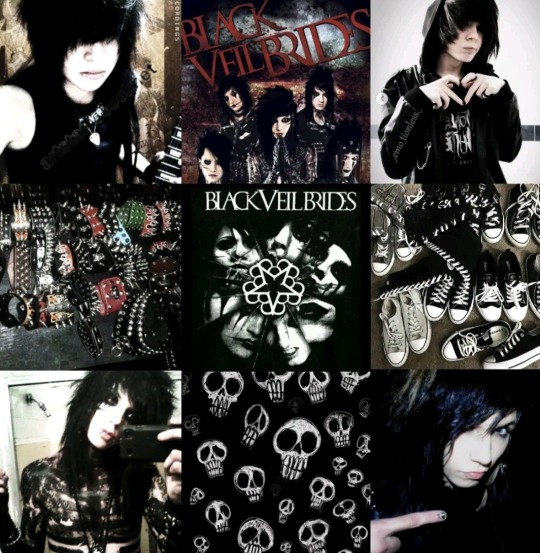
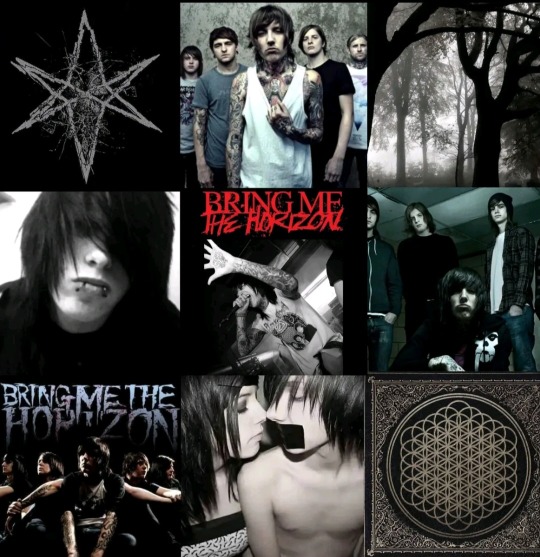

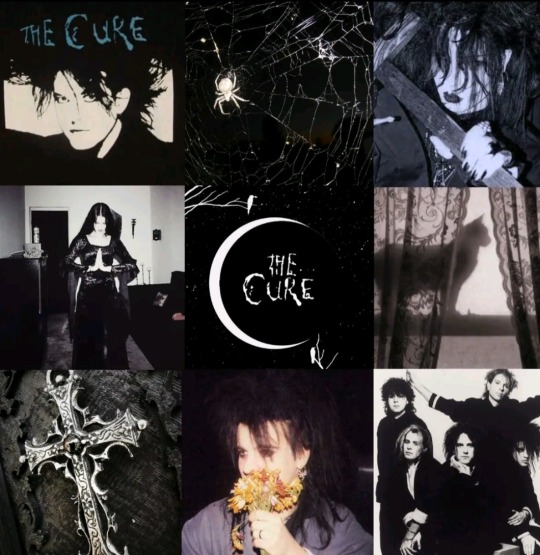

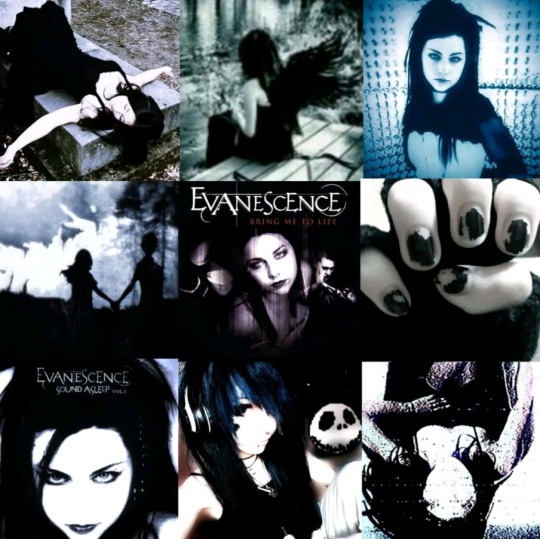

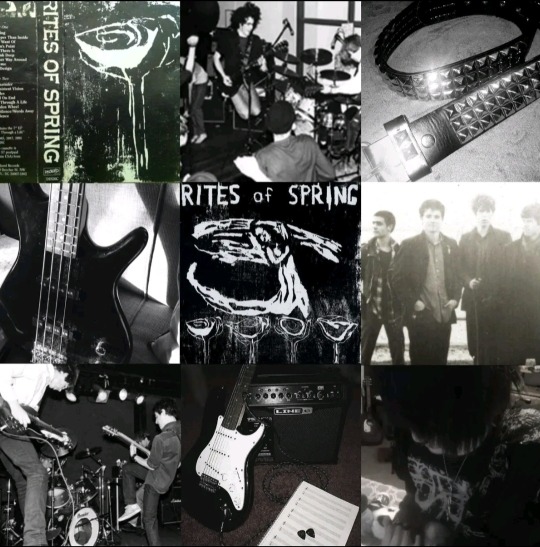
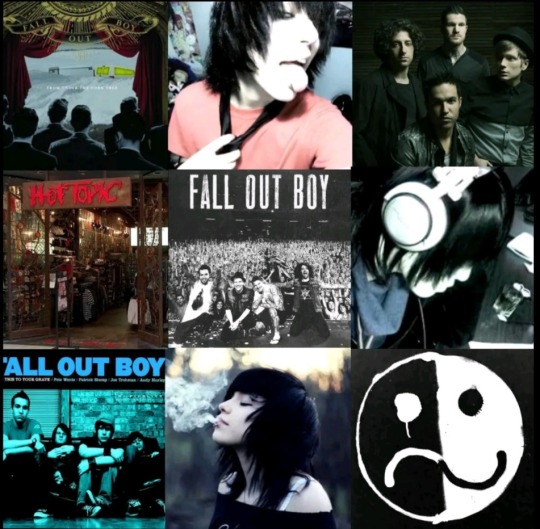
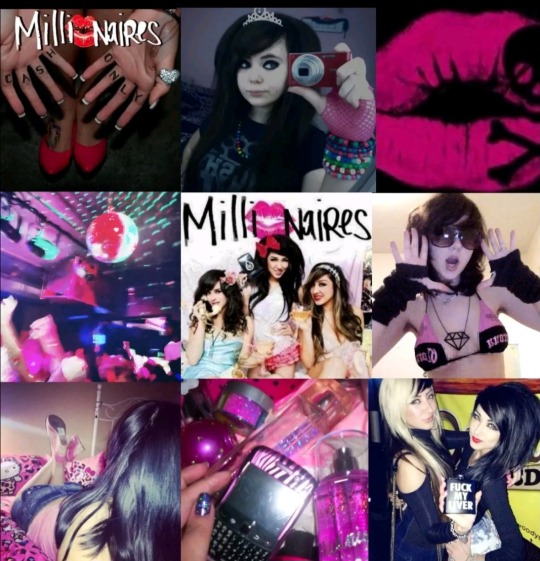
Pinterest boards made by me!!
#alternative#emo scene#2000s#2000s emo#bands#mcr#scene kid#2000s style#2000s aesthetic#emo kid#emocore#emo aesthetic#emo#scene queen#scene#rawr xd#rawring 20s#rawr x3#rawr :3#pinterest board#bmth#sleeping with sirens#ptv#evanescence#millionaires#fob#brokencyde#rites of spring#the cure#goth
242 notes
·
View notes
Text


Back patches on my battle vests, hand painted myself with paint pens
#battle vest#battle jacket#diy punk#diy or die#punk patches#diy patches#rites of spring#mcr#my chemical romance#three cheers for sweet revenge
42 notes
·
View notes
Text



10/10 wearing a rites of springs tank top basic knowledge that "Real Emo" only consists of the dc Emotional Hardcore scene and the late 90's Screamo sce....
#mcr#my chemical romance#mcr tumblr#my chemical fucking romance#mikeyway#mikey fuckin way#mikey post#mikey fucking way#mikey way#mcr mikey way#mcr mikey#my chemical mikey#my chem mikey#rites of spring
222 notes
·
View notes
Text


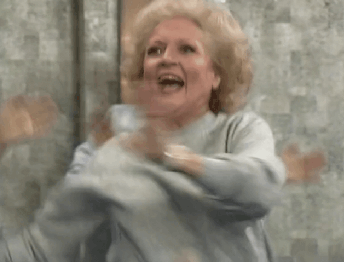
#the golden girls#this moment is too iconic 😂#dorothy zbornak#blanche devereaux#rose nylund#bea arthur#rue mcclanahan#betty white#4.23#rites of spring#retrotv#1989#late 80s#80s sitcom#sitcomedit#retrotvblr#my cell phone gifs
262 notes
·
View notes
Text

Possibly devious current boy vibe
#trent reznor#nin#joel grey emcee#cabaret#cabaret 1972#1st wave emo#2nd wave emo#rites of spring#sunny day real estate#vampire knight#kaname kuran#yuuki cross#harold lloyd#silent film#nino constantini#in 2025 we're combining silent film star swag with industrial and emo swag#gina gershon#affliction#fashion#butch#transmasc
29 notes
·
View notes
Text

1985, washington dc
209 notes
·
View notes
Text










*Ahem* What I'm trying to say is, I need more emo/scene friends. And/or just friends. :'(
#rawr xd#2000s emo#my chemical romance#panic! at the disco#taking back sunday#yellowcard#paramore#mayday parade#evanescence#senses fail#fall out boy#avril lavigne#rites of spring#all time low#simple plan#good charlotte#the get up kids#underoath#hawthorne heights#plain white t's#new found glory#escape the fate#funeral for a friend#amazeballs#bffs <3#myspace#monster#afi#welcome to the black parade#misery business
52 notes
·
View notes
Text
rites of spring LIVE
(i dont remember the song or source)
20 notes
·
View notes
Text
hai. here r my interests btw. if you even care.

#jatcch#bandom#patd#fob#mcr#dresden dolls#twd#twdg#twdc#felidae#scott pilgrim#beck mongolian chop squad#nana#breaking bad#ianowt#juno#skate 3#emo#emocore#emotional hardcore#total drama#paramore#life is strange#rites of spring
28 notes
·
View notes
Text





oh i think i love guy picciotto
9 notes
·
View notes
Video
tumblr
There is no beauty in Music itself, the beauty is within the listener.
- Igor Stravinsky
“The idea of The Rite of Spring came to me while I was still composing Firebird,” Igor Stravinsky recalled, 45 years after the ballet’s first performance in 1913, in his book Conversations. “I had dreamed of a scene of pagan ritual in which a chosen sacrificial virgin danced herself to death.” If Stravinsky is to be believed, this dream marked the beginning of a process that culminated in the premiere of one of the 20th century’s most important musical works.
Stravinsky’s music was meant to capture the spirit of the scenario, which he had outlined with the help of painter and ethnographer Nikolai Roerich and dancer and choreographer Mikhail Fokine during the spring and summer of 1910. Roerich had filled Stravinsky’s head with tales about all sorts of rituals from ancient Russia – divinations, sacrifices, dances, and so on – involving a variety of characters. The ballet that resulted revolves around the return of spring and the renewal of the earth through the sacrifice of a virgin. In his handwritten version of the story, Stravinsky described The Rite as “a musical choreographic work. It represents pagan Russia and is unified by a single idea: the mystery and the great surge of the creative power of spring….”
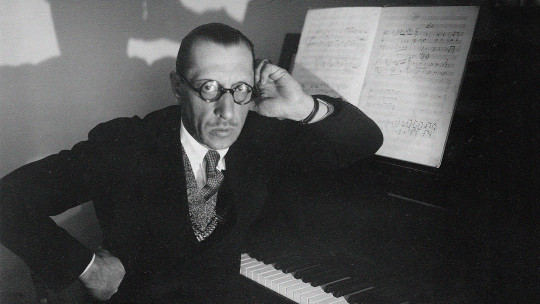
Stravinsky completed the score on 29 March 1913, and exactly two months later, the ballet premiered in Paris at the Théâtre des Champs-Élysées, where it caused the famous scandal that ushered in modern music. Nijinsky’s choreography and the wild, unchecked power of Stravinsky’s score were something wholly new. Stravinsky wrote for one of his largest orchestras ever in The Rite of Spring, and he used it with an assurance and confidence one would hardly expect from a composer just out of his twenties and with only two big successes - The Firebird and Petrushka - behind him.
But those two scores, for all of their individuality and accomplishment, did not seem like they were leading to The Rite of Spring. What Stravinsky did was totally unexpected.
The stage action during the ballet’s second half, leading up to the sacrifice, was enough to capture the attention of even that raucous audience at the first performance. Finally quiet, they could hear Stravinsky’s score and watch as Maria Piltz, the dancer who played the sacrificial victim, stood motionless as the ritual unfolded around her, gradually coming to life to perform her dance, with its angular contortions and tortured motions.
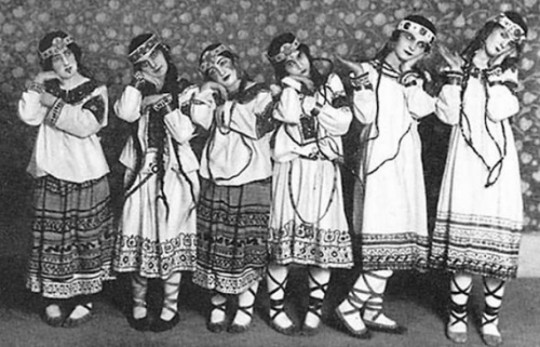
What actually happened on that scandalous night will always be a mystery to some degree, because the reports contradict each other. Was it the choreography that annoyed people, or the music? Were the police really called? Was it true that missiles were thrown, and challenges to a duel offered? Were the creators booed at the end, or cheered?
The dancer Dame Marie Rambert remembered that right at the beginning ‘a shout went up in the gallery: “Un docteur!" (Call a doctor!). Somebody else shouted louder, “Un dentiste!" (a dentist!)’. The aristocrat Harry Kessler said that people started to whisper and joke almost immediately. Stravinsky himself was so angry that he stormed out and went backstage to help the dancers keep time.
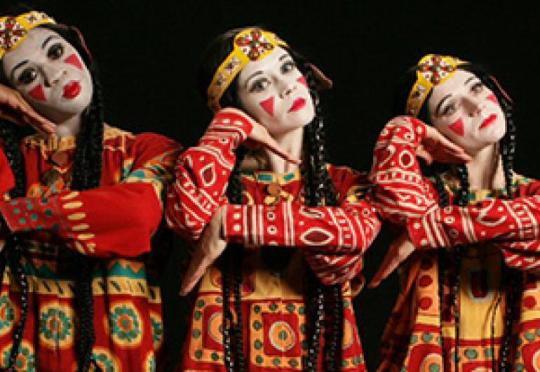
What is certain is that the audience was shocked - and with good reason. Stravinsky’s score for The Rite of Spring contradicted every rule about what music should be. The sounds are often deliberately harsh, right from opening Lithuanian folk melody, which is played by the bassoon in its highest, most uncomfortable range. The music was cacophonously loud, assaulting the ears with thunderous percussion and shrieking brass. Rhythmically it was complex in a completely unprecedented way. In the ‘Ritual of the Rival Tribes’ the music unfolds in two speeds at once, in a ratio of 3:2. And it makes lavish use of dissonance, i.e. combinations of notes which don’t make normal harmonic sense. ‘The music always goes to the note next to the one you expect,’ wrote one exasperated critic.
Then there was the dance, choreographed by Nijinsky. According to some observers this was what really caused the scandal at the first night. When the curtain rose the audience saw a row of ‘knock-kneed and long-braided Lolitas jumping up and down’ as Stravinsky called them, who seemed to jerk rather than dance. Classical dance aspired upwards, in defiance of gravity, whereas Nijinsky’s dancers seemed pulled down to the earth. Their strange, stamping movements and awkward poses defied every canon of gracefulness.

Both the music and the dance of The Rite of Spring seemed to deny the possibility of human feelings, which for most people is what gives art its meaning. As Stravinsky put it, ‘there are simply no regions for soul-searching in The Rite of Spring’. This is what separates it so decisively from Stravinsky’s hit of 1911, Petrushka. There we’re immersed in a human world, which exudes the very specific cultural ambience of Russia. It’s true that the main characters are puppets, rather than rounded human beings. But they have characters, even if they’re somewhat rudimentary, and at the end there’s even a suggestion that Petrushka might have a soul.
* Pina Bausch's interpretation of Stravinksy's Rite. A masterpiece of modern dance.
#stravinsky#igor stravinsky#quote#music#composer#rites of spring#dancer#ballet#ballerinas#dancers#dance#paris#controversial#modern music#modernism#beauty#aesthetics#polytonal#performance#pina bausch#modern dance
237 notes
·
View notes
Text
Rites of Spring - Other Way Around
27 notes
·
View notes
Text




Rites Of Spring
Rites Of Spring (1985)
135 notes
·
View notes
Text










#old money fashion#alternative#acubi aesthetic#goth fashion#manic panic#dyed hair#red hair#raccoon tails#so cute#hot topic#spencer's#accessories#colorful#fall out boy#yellowcard#silverstein#motionless in white#mayday parade#black veil brides#avril lavigne#green day#taking back sunday#saves the day#rites of spring#afi#hawthorne heights#we the kings#all american rejects#linkin park#welcome to the black parade
9 notes
·
View notes
Text

anybody else here rocking with fugazi or should i just kill myself
#sorry guys somethings happening to me#babe wake up new band of the week for casey to scrunklify just dropped#fugazi#ian mackaye#guy picciotto#rites of spring#minor threat#dc hardcore#post hardcore
89 notes
·
View notes